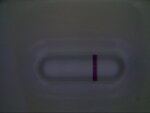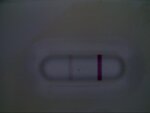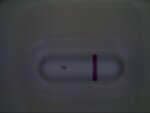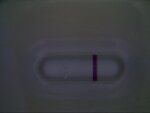tang76
Junior Member level 1
Dear all,
I need to detect two lines in the picture but the left line can't be checked by eyes sometimes. I attached two pictures, 1.jpg is the one that the left line can't be checked by eyes, and we can check the left line in 2.jpg.
I have two questions:
1) the interested part is inside the ellipse, how can I detect this area and pick out that part of image (the rectangle area)?
2) how to detect the location of left line?
Thanks,
Tang Laoya
I need to detect two lines in the picture but the left line can't be checked by eyes sometimes. I attached two pictures, 1.jpg is the one that the left line can't be checked by eyes, and we can check the left line in 2.jpg.
I have two questions:
1) the interested part is inside the ellipse, how can I detect this area and pick out that part of image (the rectangle area)?
2) how to detect the location of left line?
Thanks,
Tang Laoya






